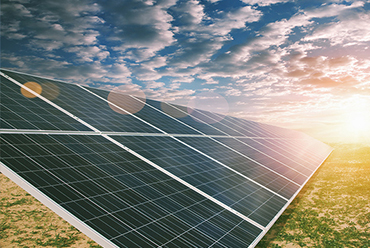
On October 23rd local time, the European Commission (EC) said that it would allocate 4.8 billion euros (about 37 billion yuan) from the Innovation Fund to fund 85 innovative net zero projects in 18 countries in accordance with the 2023 call for proposals. Net zero projects are expected to reduce emissions by about 47.6 billion tons of carbon dioxide equivalent in ten years. The selected projects are distributed in 18 countries: Belgium, Denmark, Germany, Estonia, Greece, Spain, France, Croatia, Italy, Hungary, the Netherlands, Austria, Poland, Portugal, Slovakia, Finland, Sweden and Norway, of which Estonia and Slovakia were invited for the first time. The projects cover a wide range of areas in the following categories: energy-intensive industries, renewable energy, energy storage, industrial carbon management, net zero transportation (including shipping and aviation) and buildings. Among them, the selected projects will contribute 3 GW of solar PV manufacturing capacity to the EU, including a water surface PV project in Belgium, a malt industry solar thermal power plant and storage facility in Croatia, and a 1.5 GW heterojunction PV module factory in Spain - these factories will be developed by Trina Solar's subsidiary Trina Solar (Luxembourg) Holdings. Another selected company is Italian photovoltaic company FuturaSun, and the selected project is its FENICE manufacturing project (Futurasun Advanced Italian Manufacturing Center). FuturaSun had previously announced that it plans to invest in a module factory using BC technology in Italy with the support of ISC Konstanz. It is reported that in March 2023, the company announced the construction of a 2GW module factory in Cittadella, Italy.
Read More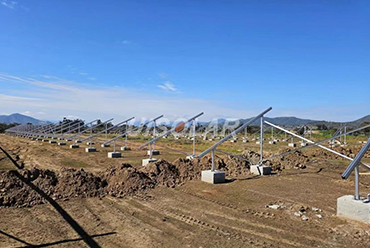
Recently, the European Commission approved a 1.2 billion euro plan to support renewable energy equipment investment in Poland. The aid program will provide direct funding to Polish companies that produce batteries, solar panels, wind turbines, heat pumps, electrolyzers and carbon capture equipment, while also providing support to companies that provide components or raw materials needed for renewable equipment manufacturing. The funding under the program will be fully in place by the end of 2025. Margrethe Vestager, the executive vice president of the European Commission responsible for competition policy, said the investment is in line with the goals of the Green Deal Industrial Plan and the EU's climate neutrality goals. "At the same time, distortions of competition remain limited," Vestager added. The European Commission said the state aid program was approved under the European Commission's Temporary Crisis and Transition Framework (TCTF), which was adopted in March 2023 to provide assistance to EU member states to accelerate their green energy transformation. In line with these initiatives, companies like UISOLAR—drawing on 15 years of experience in the solar bracket industry—are well-positioned to contribute to this green energy transition. UISOLAR specializes in designing and providing accessories for a variety of solar mounting projects, including rooftop, ground, carport, and agricultural programs. If you need any assistance or further information, feel free to contact us.
Read More
National Day, is the anniversary of the founding of the People's Republic of China, which was proclaimed by Chairman Mao Zedong at the Founding Ceremony held in Beijing's Tiananmen Square on 1 October 1949, a day that marked the birth of the new China. Since then, 1 October has been designated as National Day, one of the most important holidays in China. On this day, various celebrations are held throughout China, including but not limited to: 1. Flag Raising Ceremony: a grand flag-raising ceremony held in Beijing's Tiananmen Square, as well as flag-raising events in other city squares. 2. Military Parade: In certain years, a grand military parade is held to showcase the country's military power and latest equipment. 3. Cultural Performances: Cultural performances, including music, dance and drama, are held in squares, parks and theatres. 4. Fireworks displays: Fireworks displays held in major cities to add a festive atmosphere to the holiday. 5. Exhibitions and events: a variety of exhibitions and educational activities aimed at raising citizens' awareness of the nation and knowledge of its history. The National Day is not only a day to celebrate national achievements, but also a time for people of all nationalities to express their patriotic feelings. In addition, there is usually a seven-day long holiday during the National Day, which people take advantage of for travelling, visiting relatives or resting. Our holiday period is from October 1st to October 7th. If you want to inquire about our products, you are welcome to leave us a message and we will reply to you as soon as possible. UISOLAR provides you with professional and high-quality solar racking. Solar roof mounting, ground mounting, solar carports are all we can do. OEM and ODM are also available.
Read More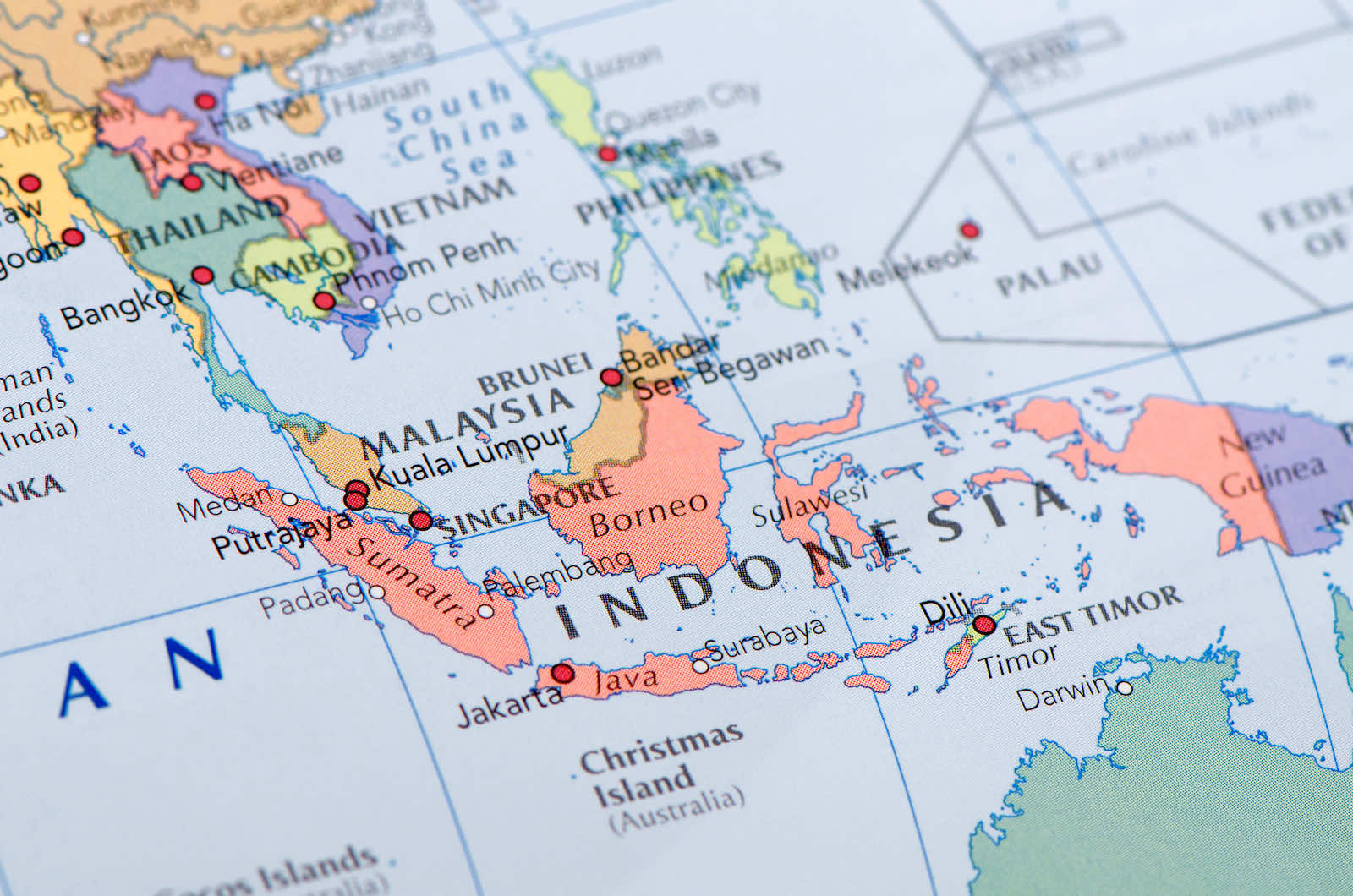
Under the global trend of net-zero carbon emissions, Southeast Asia due to its abundant sunshine, rapid economic growth, accompanied by industrial transformation brought about by the rise in demand for green power, photovoltaic has become the mainstay of the local development of renewable energy.Vietnam, Thailand, Malaysia, Philippines and Singapore, the five major photovoltaic demand countries, with the recent introduction of a series of favorable policies, is expected to drive Southeast Asia to become one of the key photovoltaic market. Policy Developments in Southeast Asia Vietnam On July 3, 2024, Vietnam passed a multi-year Direct Power Purchase Agreement (DPPA) that allows purchasers to purchase green power through the national or private grid, but requires a monthly consumption of at least 200,000 kWh. For PV suppliers to use the national grid, the installed capacity must be at least 10 MW, while the private grid is not subject to this restriction. On July 30, 2024, the government issued Circular No. 356/TB-VPCP, clarifying the definition of "self-generation and self-consumption rooftop photovoltaic projects" as projects in which the amount of electricity sold back to the national grid accounts for less than 10% of the total installed capacity (with a relaxation of up to 20% in the northern region), and thereafter removing the limitations on the amount of installed capacity of rooftop photovoltaic projects that are not grid-connected and streamlining the application process, and the officials will subsequently announce the details of the tariff and measures relating to the photovoltaic storage package. Officials will subsequently announce tariff rules and measures related to photovoltaic storage. Thailand Unlike Vietnam, which has formally adopted the DPPA, Thailand has chosen to start a gradual trial in June 2024, limiting large-scale users to purchase up to 2 GW of green power directly, and officials are expected to release clear guidelines and details of the country's DPPA by the end of 2024. On the other hand, Thailand will also publish a new version of the Electricity Development Plan in September 2024, with energy security, environmental protection and tariff control as the main axis of the policy, to maintain economic growth must also take into account the energy transition. In general, with the demand for green power becoming more and more urgent, Thailand's new version of the photovoltaic installed capacity target will also be further increased. Malaysia On July 26, 2024, Malaysia announced that it will implement the Corporate Renewable Energy Supply Scheme (CRESS) in September 2024, which is similar in nature to the DPPA in that it also aims to liberalize green power trading, so that power purchasers and suppliers will be able to enter into agreements directly without having to go through the National Energy Corporation. The policy is similar in nature to the DPPA, and also aims to liberalize green power trading. It is worth notin...
Read More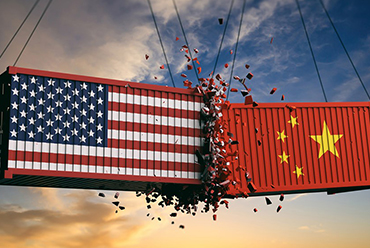
Background: Under Section 301 of the Trade Act of 1974, the U.S. began imposing tariffs on Chinese imports in 2018 due to issues related to technology transfer and intellectual property. A statutory four-year review of these tariffs began in 2022 and was completed by the U.S. Trade Representative Office (USTR) in 2024, which made adjustments to certain products according to the President's directives. Content of this Executive Order 1. Photovoltaic (PV) Products from China: Silicon, Wafers, Cells, and Modules On September 13, 2024, the U.S. government announced an adjustment to the Section 301 tariffs on Chinese photovoltaic products. The tariffs on PV cells and modules remained the same as the administrative review results released in May, increasing from 25% to 50%, but the implementation date was pushed from August 1 to September 27. Notably, the new regulations now include polysilicon and monocrystalline silicon wafers from China, with a tariff rate of 50%, set to begin on January 1, 2025. (Photovoltaic (PV) Products from China) 2. Photovoltaic Equipment from China On September 12, 2024, the USTR released a Section 301 tariff exemption list for photovoltaic equipment, effective from January 1, 2024, to May 31, 2025. Out of 19 exemption applications, 14 were approved, and 5 were rejected, focusing on PV module manufacturing equipment. The approved exemptions primarily cover equipment used in the crystal pulling and wafer production stages, as well as PV cell manufacturing, aiming to boost U.S. domestic production and reduce dependence on Chinese equipment. The decision to reject five exemption applications for module manufacturing equipment was due to sufficient alternative sources within the U.S. and Europe. (Photovoltaic Equipment from China) Impact Analysis of the 301 Tariff Adjustment from InfoLink: 1. Impact on PV Cell and Module Tariffs Before the tariff increase, the U.S. had already imposed several trade barriers on Chinese PV products. In addition to the original 25% Section 301 tariffs, Chinese cells and modules have faced anti-dumping duties since 2012 and Section 201 tariffs on all imports. As a result, direct imports of Chinese cells and modules to the U.S. have significantly declined. InfoLink predicts that the increase to 50% will have minimal impact on the market. 2. Impact on Polysilicon Tariffs The U.S. still faces a shortage of domestic silicon wafer production capacity, with no significant need for imported polysilicon at present. Current plans to expand U.S. wafer production capacity amount to 10.3 GW, but the highly challenging and long production cycles make it difficult for this capacity to be realized in the short term. Therefore, the new polysilicon tariffs are expected to have a noticeable impact only after 2026. 3. Impact on Wafer Tariffs By 2025, U.S. battery production capacity is expected to reach only about 10-11 GW, and given the lack of domestic wafer capacity, U.S. manufacturers will still need to rely on imp...
Read More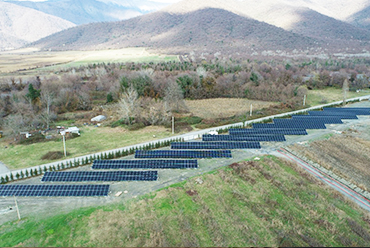
In its latest report, "The Road to Net-Zero Carbon: 2030 Solar and Energy Storage Transformation White Paper," InfoLink Consulting provides an in-depth analysis of global renewable energy trends and challenges. The white paper focuses on three major markets: China, the United States, and Europe (EU + UK), offering detailed market analysis and future outlooks to help industries grasp key insights and accelerate the journey to achieving net-zero emissions. Under the Paris Agreement, countries committed to limiting global temperature rise to well below 2°C above pre-industrial levels, with efforts to cap it at 1.5°C. Achieving these goals requires significant reductions in greenhouse gas emissions, with the energy sector currently responsible for 35% of global emissions—the largest source. InfoLink estimates that to meet the 1.5°C scenario by 2030, around 8.5 TW of renewable energy capacity is needed, while the 2°C scenario requires 5 TW. According to InfoLink’s latest data, global renewable energy installations are expected to exceed 10 TW by 2030, potentially fulfilling the requirements for both scenarios. However, there remains a shortfall of approximately 2.5 TW to meet the 1°C target. In 2023, the renewable energy sector saw remarkable growth, driven by favorable policies and technological advancements, with installations of solar, wind, and energy storage hitting record highs. Despite political and financial challenges, InfoLink remains optimistic about the sector’s future. The U.S. market has significantly benefited from the Inflation Reduction Act (IRA), which offers subsidies for solar, wind, and energy storage, dramatically lowering the Levelized Cost of Energy (LCOE) and boosting capacity growth. However, trade barriers are expected to impact supply and installation speed. In Europe, the ongoing conflict between Russia and Ukraine has caused natural gas and electricity prices to surge since early 2022, leading to a spike in renewable energy installations in 2023. Under the National Energy and Climate Plans (NECP), European countries have set ambitious goals, with annual solar installations expected to grow steadily, reaching nearly 140 GW in new installations per year by 2030. The REPowerEU initiative’s 600 GW target is also likely to be met earlier than anticipated, between 2026 and 2027, with cumulative installations potentially exceeding 1,000 GW by 2030. The European energy storage market is also set for significant growth. Driven by energy reform policies and subsidies, front-of-the-meter (FTM) storage is expected to outpace behind-the-meter (BTM) installations. Key markets like the UK, Italy, and Germany will continue to expand, while emerging markets such as Belgium, Greece, and Spain are poised for growth. InfoLink projects that cumulative energy storage capacity will reach 500 GWh by 2030. While renewable energy's contribution to electricity production is expected to increase both in quantity and proportion, ongoing geopolitical ...
Read More online service
online service +86 (0592)5663849
+86 (0592)5663849 sales@uisolar.com
sales@uisolar.com solar-mount.au
solar-mount.au